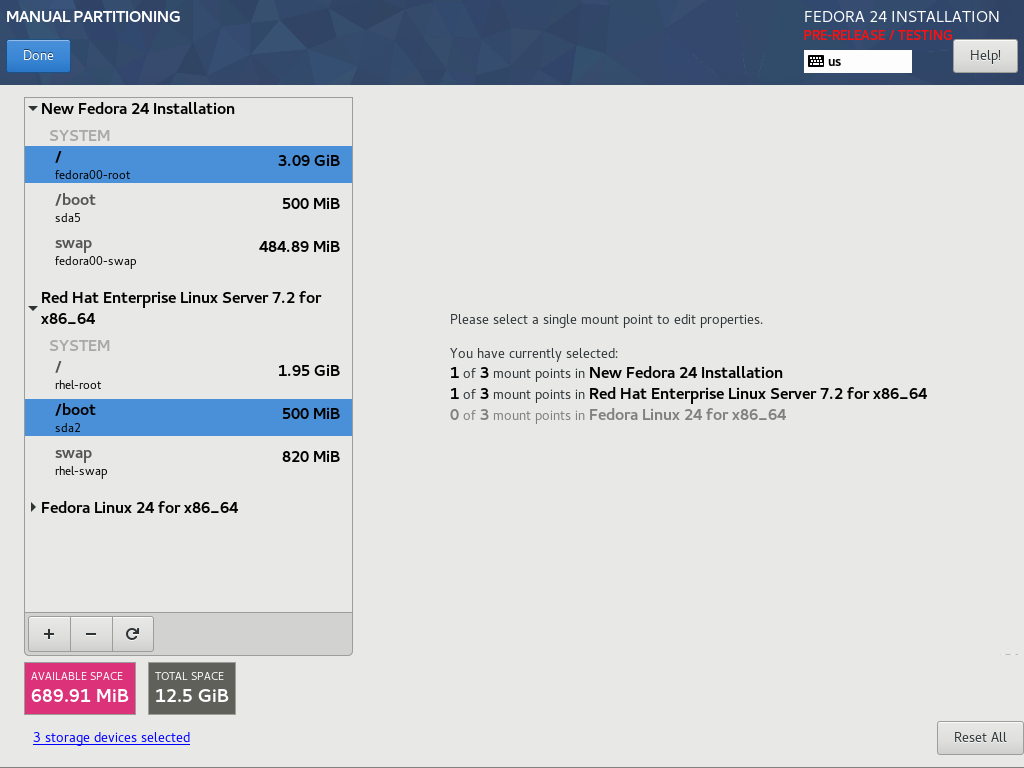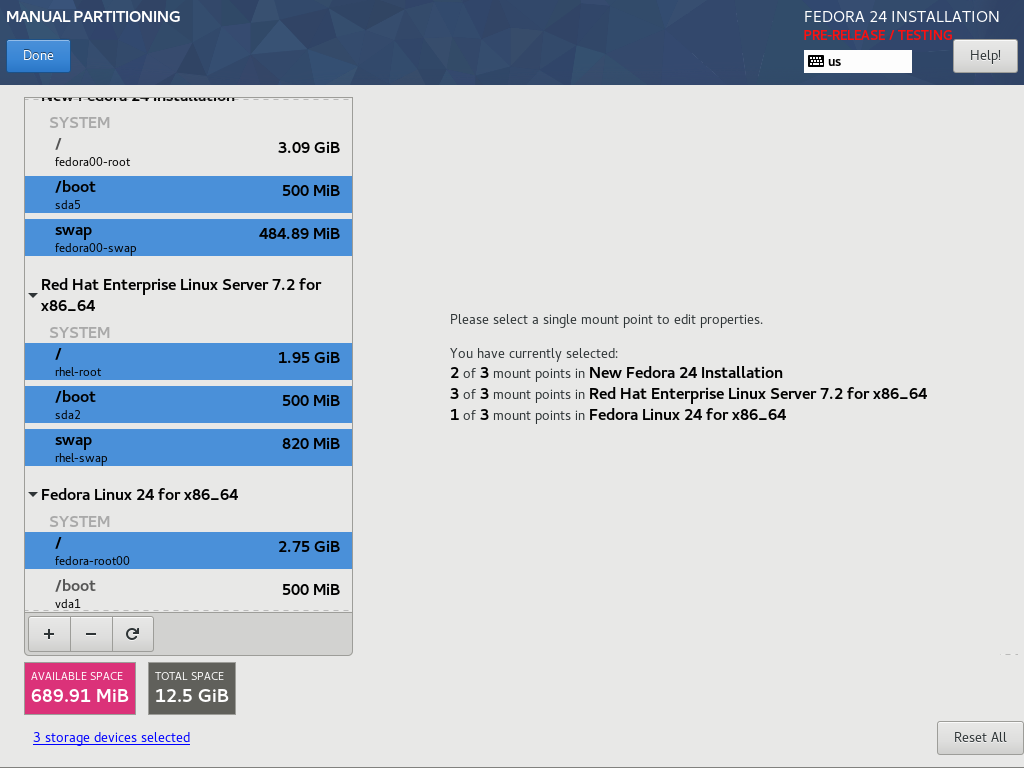I like Vivaldi. It is a nice modern browser. For me Vivaldi is the best, thanks to the possibilities it has like tabs in a tree structure and split screen inbuild. These are killer features for me! However, I struggled some time to enable Kerberos which is SSO mechanism heavily used in a company where I work. So I want to share with others how they can do that without spending hours by searching internet. This guide will show you how to set kerberos but it is not only for kerberos. By following this guide you can set basically wathever you need on system level.
To make kerberos work you need to specify two things to make it work:
- AuthServerWhitelist
- AuthNegotiateDelegateWhitelist

